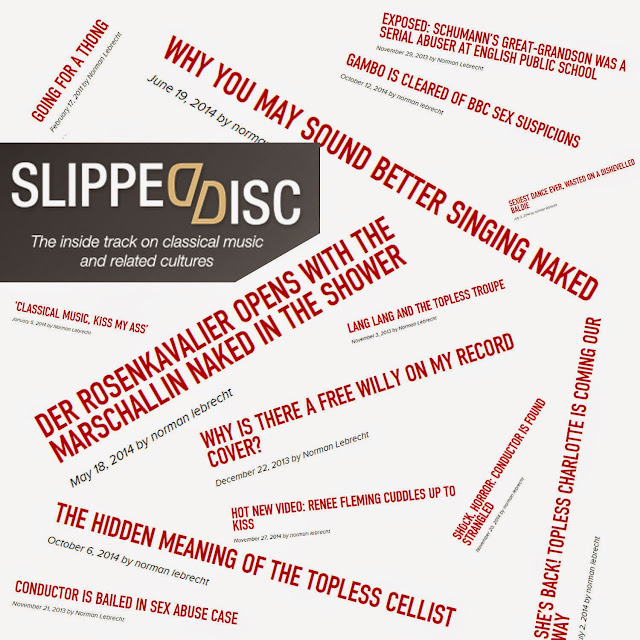There should be no demarcation lines in music
My suggestion in a recent post that we are using a too narrow definition when discussing new audiences in particular and classical music in general leads me to Lalo Schifrin's Jazz Mass. In a Facebook comment on this thread Joshua Cheek astutely observed that "'crossover' is a dead end... it has become a genre unto itself". In crossover the imperative of the audience takes priority over the imperative of the music. But in the Jazz Mass art most definitely takes priority over audience despite Lalo Schifrin's reputation for acclaimed movie soundtracks. His Jazz Mass fearlessly challenges comfort zones: it incorporates contemporary modes, improvisation is a key feature and the Credo is aleatoric, with breathing cycles determining changes in vocal pitch and dynamics.
The multifaceted and mystical flute virtuoso Paul Horn commissioned the Mass - which is sung in English - in 1964. His LP recording seen above, which was titled Jazz Suite on the Mass Texts as it does not strictly follow the structure of the Catholic Mass, won two Grammys. In 1998 Lalo Schifrin directed a concert recording in Cologne with the WDR Big Band which is equally commendable; this release used the less opaque title Jazz Mass.
There are many other notable examples where the demarcation line between jazz and classical has been crossed. George Gershwin's Rhapsody in Blue was originally commissioned for solo piano and jazz band by Paul Whiteman, and only later orchestrated by Ferde Grofé. Dave Brubeck studied with Darius Milhaud, and György Ligeti acknowledged the influence of Bill Evans and Thelonius Monk on his Études for Piano. André Previn has recorded a number of successful jazz albums; his 1956 My Fair Lady with Shelly Manne and Leroy Vinnegar became a best-seller. Leonard Bernstein championed jazz, and on his 1956 Columbia spoken word LP "What Is Jazz?" he argued against the critics who preached that jazz is not art. In the 1950s Randy Weston's jazz trio was resident at the Music Inn resort in the Berkshires where its audience included Leonard Bernstein and musicians from the Boston Symphony Orchestra. The trio's bassist was the African American musician Sam Gill, who went on to become principal bass for the Denver Symphony. In the photo below Sam Gill is playing with Thelonius Monk (piano), Kenny Dorham (trumpet) and Willie Jones (drums) at Tony's, Brooklyn, NY.*
New audiences remain top of the agenda, yet Lalo Schifrin's Jazz Mass is another work that is unfairly denied an audience. As jazz great Michel Legrand explained: "To me, both jazz and classical music have the same goal. There should be no lines of demarcation between them, for the end result should simply be - good music."
* Sam Gill photo credit The Hospitality Suite. Any copyrighted material is included as "fair use" for critical analysis only, and will be removed at the request of copyright owner(s). Also on Facebook and Twitter.











Comments